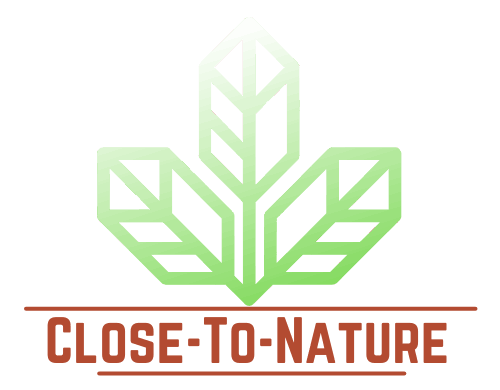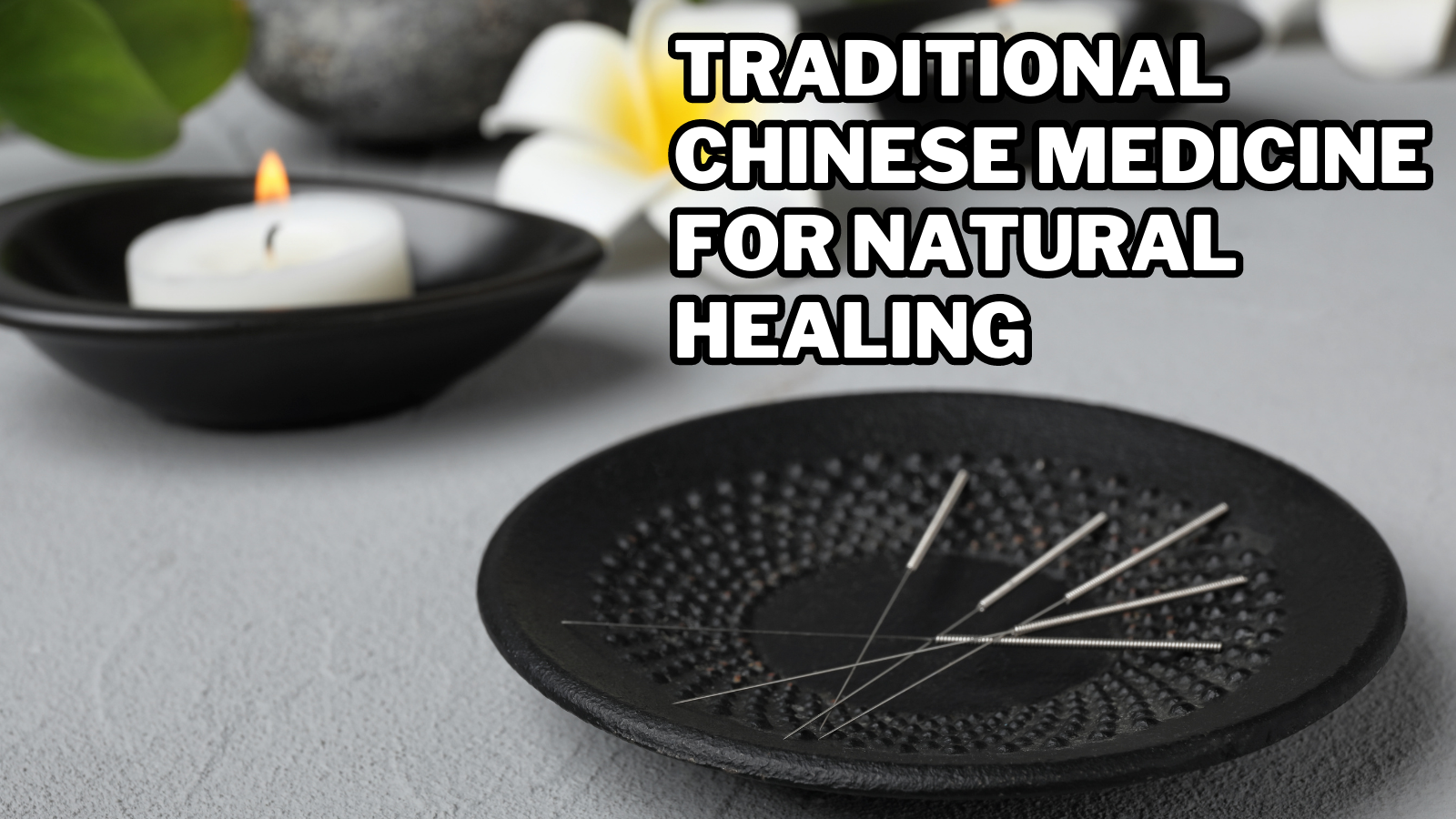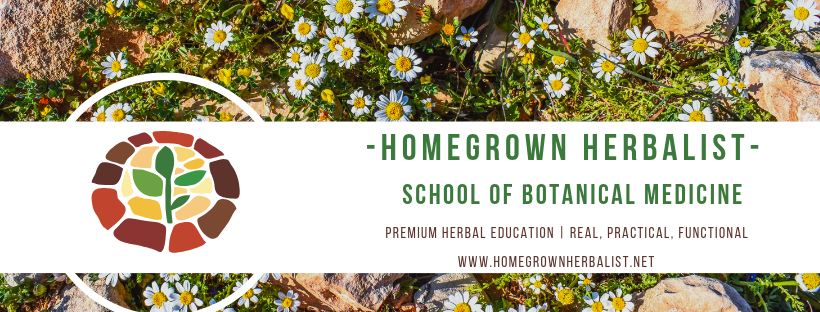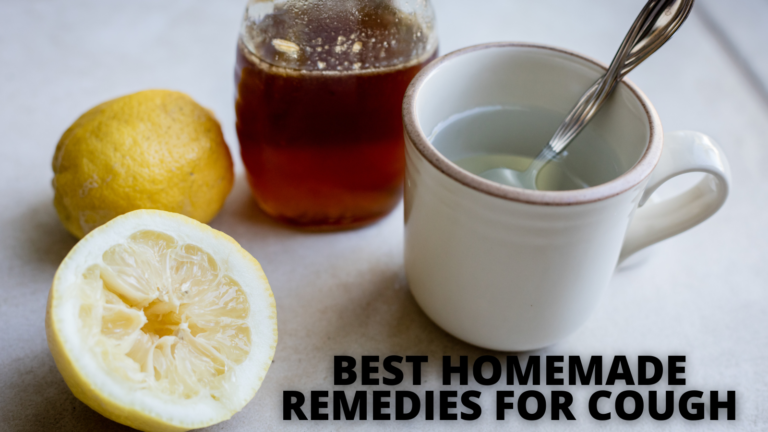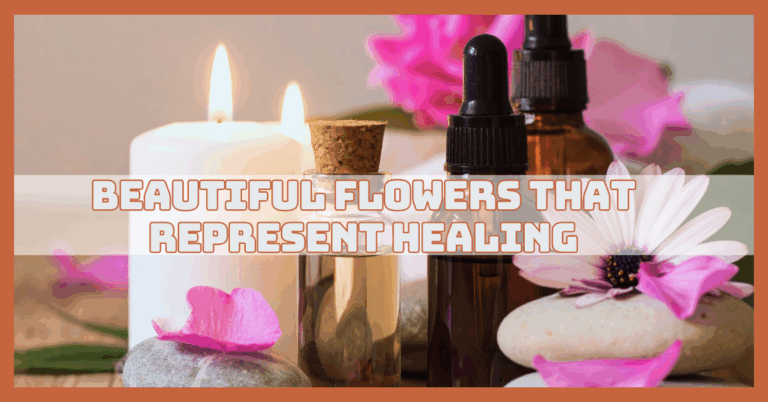Best Traditional Chinese Medicine For Natural Healing
Best Traditional Chinese Medicine For Natural Healing
Traditional Chinese Medicine (TCM), which includes acupuncture, massage, dietary counselling, and exercise, is a wider healthcare system.
Chinese herbal medicine is one component of this system. Almost three million Australians consult TCM practitioners yearly, making TCM a well-liked treatment.
Traditional Western ideas about health, sickness, and body functioning are very different from the underlying principles of TCM.
Chinese medicines are given to balance out the body's Qi, which flows along unseen meridians and is sometimes called “chee.”
Studies have demonstrated that Chinese herbal remedies effectively treat various illnesses, including gastrointestinal and gynecological disorders, whether or not the philosophy is accepted.
Join us as we set out on a trip to uncover the wonders of traditional Chinese medicine and its contributions to natural healing, opening the door to better respect and understanding of this ancient holistic discipline.
History Of Traditional Chinese Medicine
More than 2,500 years ago, Traditional Chinese Medicine (TCM) was first practiced. The ancient Chinese observed and recorded their knowledge of the human body and how it interacted with the environment, and this is where it can be traced back.
The fabled Emperor Huang Di, commonly known as the Yellow Emperor, who ruled during the third millennium BCE, is credited with laying the groundwork for TCM.
The Yellow Emperor's Inner Canon, also known as the Huang Di Nei Jing, is thought to have been written by Huang Di.
This ground-breaking book also introduced the ideas of Qi, Yin, and Yang and the interconnection of organs and meridians, forming the foundation for TCM theory.
The efforts of several researchers, doctors, and practitioners over the years have allowed TCM to keep developing.
Since theoretical frameworks were developed and practical experience gathered, there are now many different diagnostic and therapeutic approaches.
The Huang Di Nei Jing underwent more revisions and was expanded with new texts and commentary during the Han Dynasty (206 BCE-220 CE). During this time, there was an increase in the integration of acupuncture, herbal medicine, and other therapeutic modalities.
TCM persisted in developing and thriving at later ages. Significant contributions to the profession were made by notable individuals like Sun Simiao (581-682 CE), dubbed as the “King of Medicine,” and Zhang Zhongjing (150-219 CE), a prominent physician.
Their writings, such as the Shang Han Lun (Treatise on Cold Damage) by Zhang Zhongjing and the Qian Jin Yao Fang (Thousand Ducat Formulas) by Sun Simiao, offered priceless therapeutic insights and broadened the range of herbal treatments.
TCM flourished and expanded greatly during the Tang Dynasty (618–907 CE). There were no medical schools, but medical knowledge was organized.
A comprehensive encyclopedia describing hundreds of medicinal ingredients and their qualities, the Bencao Gangmu (Compendium of Materia Medica), was published during the Tang Dynasty by Li Shizhen (1518–1593).
TCM has had both difficulties and advancements over the years. Confucianism, Taoism, and Buddhism greatly influenced its philosophical foundation and all-encompassing approach.
TCM also experienced times of repression and mistrust, particularly in the early 20th century as Western medicine grew in power in China.
TCM has gained increased attention and respect in recent decades, both in China and beyond. Scientific studies have examined the effectiveness and processes of TCM treatments, and attempts have been made to merge TCM with Western medicine.
TCM is still used today in many healthcare systems alongside Western medicine and continues to offer a supplementary and alternative method of treating illness.
TCM's lengthy history proves its tenacity, flexibility, and ongoing relevance. Its holistic tenets and therapeutic approaches have withstood the test of time, providing a distinct viewpoint on health and wellbeing that enthralls and enchants practitioners and people looking for natural healing solutions.
Best Traditional Chinese Medicine For Natural Healing
Traditional Chinese medicine (TCM) practitioners combine psychological and physical techniques with herbal remedies to treat health issues.
Traditional Chinese Medicine (TCM) encompasses many therapeutic modalities promoting natural healing and well-being. These techniques offer a whole arsenal for promoting health and well-being.
Since the body, mind, and environment are all interrelated, TCM aims to bring harmony and balance back to the individual.
TCM seeks to aid the body's intrinsic healing mechanisms and advance long-term wellness by addressing the actual causes of sickness rather than merely the symptoms.
Here are some of the best TCM practices for natural healing:
1. Herbal Medicine
Herbal medicine is a key component of Traditional Chinese Medicine (TCM) and is used to treat various health issues and promote natural healing.
TCM herbal remedies are carefully formulated mixtures of diverse plant-based components, including roots, leaves, flowers, and minerals.
Based on TCM principles and each person's particular requirements, each herb is chosen for its special qualities and purposes.
TCM herbal treatment aims to restore harmony and balance to the body. It acknowledges that diseases and illnesses can result from imbalances and disharmonies in the body's organ systems.
Herbal treatments are made to support and bolster these systems, boosting their maximum performance and tackling the underlying causes of health problems.
The concept of “Jun-Chen-Zuo-Shi,” which states that a herbal formula should have a chief herb (Jun), a deputy herb (Chen), an assistant herb (Zuo), and an envoy herb (Shi), is one of the fundamental ideas in TCM herbal therapy.
The chief herb usually addresses the primary symptoms or underlying imbalances. In contrast, the deputy, assistant, and envoy herbs cooperate to strengthen the effects, reduce side effects, and harmonize the formula.
TCM herbal formulas are extremely personalized and catered to each person's needs. Before prescribing an individualized herbal remedy, a TCM practitioner thoroughly evaluates the patient's symptoms, constitution, medical history, and general state of health.
This individualized approach ensures that herbs treat specific imbalances and encourage natural healing.
TCM's diverse approach to herbal treatment is well-known. The herbs utilized in TCM formulae have a variety of medicinal qualities, including those that increase circulation, boost the immune system, lessen inflammation, relax the mind, and promote organ function.
While some herbs have a more general tonifying or balancing effect on the body, others may have specific activities on specific organ systems or address particular health conditions.
TCM herbal medicine provides an extensive and holistic approach to natural healing. TCM herbal remedies seek to reestablish equilibrium, bolster the body's resistance to illness, and promote general well-being by harnessing the synergistic effects of numerous plant-based components.
2. Acupuncture
Acupuncture has been used for centuries and is vital to Traditional Chinese Medicine (TCM). It entails inserting tiny, sterile needles into predetermined body sites called acupuncture points or acupoints.
These acupoints are situated along meridians, which are energetic channels through which Qi (life force energy) travels.
Since Qi's balance and smooth circulation are essential for optimal health, acupuncture's fundamental goal is controlling Qi's flow.
Pain, discomfort, or sickness can appear when the passage of qi is restricted or imbalanced.
An acupuncturist attempts to restore the harmonious flow of Qi by putting acupuncture needles into particular acupoints, creating balance and treating various health conditions.
The healing properties of acupuncture have been extensively investigated. It is frequently used to treat pain and works especially well for problems like back pain, neck pain, migraines, and arthritis.
Acupuncture boosts the body's natural healing processes, reducing inflammation and relieving muscle tension.
The stimulation of the nerve system is one of the techniques used by acupuncture to produce its effects.
Acupuncture's impact on the body affects neurotransmitters like dopamine, serotonin, and endorphins. When endorphins are released, it is possible to feel relaxed and relieve pain.
Acupuncture treatments are individualized based on the patient's condition and constitution.
During a session, the acupuncturist will perform a full assessment, including a thorough medical history and physical, to identify the proper acupoints to target.
Different needle counts, insertion depths, and treatment times may be employed depending on the ailment.
Remembering that acupuncture is frequently used as a complementary therapy in conjunction with other forms of medical care is crucial.
Acupuncture can support the body's healing mechanisms and the effectiveness of other interventions.
To determine if acupuncture is a good option for treating your particular health condition, you should speak with a licensed acupuncturist or other healthcare expert.
When done by a certified and registered acupuncturist, acupuncture is typically well-tolerated and considered safe. The fine, sterile needles that are utilized minimize pain during insertion.
The sensations felt during acupuncture might range from small aches and tingling to heavy sensations or warmth at the needle's location.
3. Cupping Therapy
Traditional Chinese Medicine (TCM) has a long history of cupping therapy, including pressing specific cups on the skin to create a vacuum effect.
The cups may be made with glass, bamboo, or other materials. Cupping therapy works by applying the cups to particular body parts and producing a vacuum inside them.
A suction-like sensation is produced when the skin and supporting tissues are drawn higher into the cup due to the vacuum action of cupping.
This suction improves blood flow and circulation and Qi (life force) flow throughout the body. The goal of cupping therapy is to address a variety of health issues and advance natural healing by improving circulation and Qi flow.
Cupping therapy frequently reduces muscle soreness and tension. The cups' suction helps to enhance range of motion, eliminate muscle knots, and loosen tense muscles.
It is frequently used to treat back pain, neck discomfort, shoulder pain, and sports injuries.
Cupping therapy has advantages for musculoskeletal problems in addition to respiratory problems.
Cupping can reduce congestion, remove phlegm, and enhance lung function by promoting better circulation and Qi flow. It is frequently used for illnesses like asthma, bronchitis, and colds.
Digestion problems may benefit from cupping therapy as well. It can aid in better digestion, reduce bloating, and enhance general gastrointestinal health, stimulating blood flow and Qi circulation in the abdomen. Constipation, IBS, and indigestion are among the ailments for which it is frequently prescribed.
The cups are often left in place for a few minutes but may also be moved along particular meridians or tight spots.
Circular transient markings may emerge when the cups are removed. These marks are not unpleasant and are caused by increased blood flow and the release of stagnant Qi.
4. Moxibustion
The burning of dried mugwort (Artemisia vulgaris), a traditional treatment in Traditional Chinese Medicine (TCM), is done close to particular acupuncture sites or body parts.
The dried mugwort is commonly made into a stick or cone-shaped moxa and applied directly to the skin or held near it.
Moxibustion produces heat that increases the flow of Qi (vital energy), warms the body, and stimulates circulation.
Moxibustion is frequently employed to treat ailments brought on by cold and stagnant Qi in the body.
According to TCM philosophy, stagnant Qi and blood flow can result in pain, discomfort, and various health problems.
Moxibustion energizes and warms the body, removing cold, promoting the easy movement of Qi, and reestablishing balance.
Moxibustion's capacity to produce heat is one of its main advantages. Vasodilation and improved circulation are encouraged by the body's deep penetration of heat from burning mugwort.
The body's natural healing processes can be supported by this improved circulation, which also helps to reduce inflammation and relieve pain.
Moxibustion is frequently used to treat arthritis, where cold and dampness can aggravate joint pain and stiffness.
Moxibustion produces heat that aids in warming the injured area, reducing discomfort, and enhancing mobility.
It is also frequently used for menstrual irregularities, as uterine colds can cause painful periods or irregular menstruation.
The warmth of moxibustion to the uterus can encourage normal blood flow, reduce symptoms, and warm the organ.
Moxibustion also benefits digestive system conditions caused by cold and stagnant Qi, such as bloating, abdominal pain, and poor digestion.
Moxibustion's warming action on the abdomen can help promote healthy digestion, increase blood flow to the GI system, and reduce discomfort.
5. Tai Chi And Qigong
Ancient Chinese disciplines called tai chi and qigong combine breathing control, meditation, and soft, flowing motions.
Based on the foundational ideas of Traditional Chinese Medicine (TCM), the primary goals of TCM are to cultivate and synchronize the flow of Qi (life force energy) throughout the body.
Tai Chi, sometimes referred to as Tai Chi Chuan, is a martial art that has developed into a well-liked form of exercise and wellness. It's a succession of slow, purposeful movements that flow into one another with no breaks.
Tai chi exercises are carried out while maintaining good posture, relaxed muscles, and deep diaphragmatic breathing.
The method promotes awareness and inner peace by emphasizing the union of the body and mind.
On the other hand, qigong refers to a broader class of exercises that include a variety of gestures, positions, and breathing strategies.
Qigong exercises can be dynamic or static, using subtle movements or holding particular postures.
The main areas of emphasis are the cultivation of Qi and developing spiritual awareness and mental clarity.
Both Tai Chi and Qigong are practiced to encourage the smooth movement of Qi throughout the body.
People can enhance their general physical, mental, and emotional well-being by consistently utilizing these exercises and practices.
Anyone can practice tai chi and qigong regardless of age or degree of fitness. They are suitable for people with various medical issues because they are often safe and gentle on the body.
They are suitable for people with varied medical conditions because they are often secure and gentle on the body.
To ensure perfect technique and alignment, it is suggested to take lessons from a skilled instructor.
In conclusion, Tai Chi and Qigong are traditional forms of movement that incorporate breathing control, meditation, and flowing movements.
These exercises increase balance, flexibility, and strength while promoting Qi's smooth motion and boosting general vigour.
They provide a holistic well-being approach, promoting stress management, mental clarity, and overall health.
Tai chi and qigong routinely practiced have significant physical, mental, and emotional advantages.
6. Dietary Therapy
Dietary therapy in Traditional Chinese Medicine (TCM) is a practice that recognizes the crucial role of nutrition in maintaining health.
It involves customizing an individual's diet based on their unique constitution and specific health concerns.
TCM categorizes foods based on their energetic properties, such as cooling or warming, and believes that consuming the right foods can restore balance within the body.
For example, cooling foods might be recommended if someone has excessive heat or inflammation, while warming foods may benefit those with cold conditions.
TCM dietary therapy also considers the principles of yin-yang balance and the Five Elements Theory to create a harmonious diet. By tailoring the diet to the individual's needs, TCM dietary therapy aims to support overall health and well-being.
Conclusion
In summary, Traditional Chinese Medicine (TCM) provides a comprehensive and tried-and-true method for getting well naturally.
Herbal medicine, acupuncture, cupping therapy, moxibustion, and exercises like Tai Chi and Qigong are just a few of the holistic principles and therapeutic modalities it employs to treat patients.
It is crucial to remember that even though TCM provides a wide range of natural treatment choices, it does not replace Western medicine. Fusing TCM with contemporary medicine can achieve a more complete and holistic approach to health management.
Traditional Chinese Medicine provides a complete framework for natural healing, emphasizing the restoration of balance, encouraging the body's self-healing processes, and fostering general well-being.
Its wide variety of modalities and techniques gives an individualized and comprehensive approach to health and can be a useful addition to traditional medical therapies.
People can access the knowledge of old therapeutic practices by embracing TCM's tenets and start down a path to better health and energy.
I trust you enjoyed this article on the Best Traditional Chinese Medicine For Natural Healing. Please stay tuned for more blog posts to come shortly. Take care!
JeannetteZ
>>>Please click here to read my all-inclusive article about A Comprehensive Guide To Healing Naturally<<<
>>>Are you interested in Natural Healing through Herbs? Please click here for my #1 Recommendation<<<
Your Opinion Is Important To Me
Do you have thoughts, ideas, or questions? I would love to hear from you. Please leave your questions, experiences, and remarks about the Best Traditional Chinese Medicine For Natural Healing article in the comments below. You can also email me at Jeannette@Close-To-Nature.org.
Disclosure
This post may contain affiliate links. As an Amazon Associate and other affiliate programs, I earn from qualifying purchases at no extra cost to you. Please read my full affiliate disclosure.
You might also enjoy these blog posts:
Best Natural Therapies For Physical Well-Being
Best Steps To Grow Turnips In Containers
Healthiest Root Vegetables For Gardening
Best Steps To Grow Chickpeas In Containers
Best Steps To Grow Crocuses In Containers
